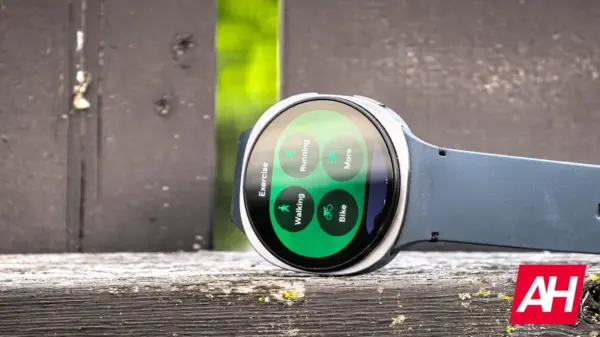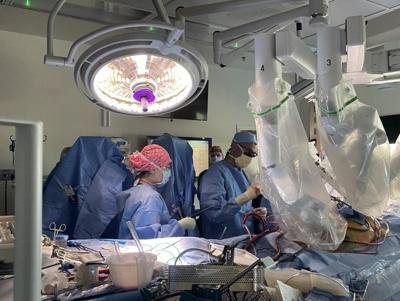A recent pilot study has demonstrated the potential of using real-world external control arms to expedite the development of drugs for patients with HER2-positive breast cancer. Presented at the 2025 ASCO Annual Meeting, the study led by Jessica Paulus, ScD, reveals that these control arms can be assembled concurrently with patient enrollment in phase 2 clinical trials, which may significantly streamline the drug development process.
The research focused on an ongoing single-arm phase 2 trial (NCT05748834) that is assessing the efficacy of tucatinib (Tukysa) in combination with liposomal doxorubicin for patients with locally advanced or metastatic HER2-positive breast cancer. At the time of the interim analysis, the trial had enrolled eight patients. Using advanced statistical methods, the researchers created a simulated dataset representing a cohort of 40 patients, which was then matched with an external control arm made up of 77 patients from real-world data.
Following propensity score matching, an impressive 82% of the simulated cohort was matched with the external control group. The analysis revealed a balance in key baseline characteristics, including mean age and prior treatment history. The phase 2 trial aims to enroll a total of 36 patients, and the research team anticipates that the balance will improve as more participants are added.
Innovative Approach to Clinical Trials
The phase 2 trial is designed for patients aged at least 18 years with an Eastern Cooperative Oncology Group (ECOG) performance score of 0 or 1 and measurable disease according to RECIST 1.1 criteria. Participants must have received at least one prior treatment with HER2-directed therapy or have relapsed within six months of completing adjuvant therapy. The primary endpoint of the trial is the overall response rate, with key secondary endpoints including safety and progression-free survival.
“The overarching goal of our research is to validate the use of real-world external control arms in phase 2 studies,” Paulus stated in an interview with OncLive®. She explained that the ability to create these cohorts in parallel with trial enrollment could significantly enhance the clinical development pipeline.
Paulus, who serves as the vice president of Real World Research at Ontada in Boston, Massachusetts, emphasized the growing interest in leveraging real-world data for enhancing clinical trials. She noted that while ethical and practical reasons often justify single-arm trials, the need for comparators becomes critical to evaluate the efficacy and safety of experimental therapies.
Future Implications for Drug Development
The research team aims to demonstrate the feasibility of developing a real-world data-based external control arm for phase 2 trials, which have historically been limited to smaller sample sizes compared to phase 3 trials. “This approach is particularly important for phase 2 studies, where the absence of a comparator arm can hinder our understanding of treatment effectiveness,” Paulus elaborated.
The ongoing trial is sponsored by the Sarah Cannon Research Institute in Nashville, Tennessee. The interim findings were based solely on the initial eight patients enrolled in the trial, but they indicate that a valid external control arm can be developed dynamically as the trial progresses.
The researchers anticipate that as the enrollment of the real-world data cohort increases, the comparator group will grow to approximately a three-to-one ratio relative to the phase 2 trial population. They expect that this expansion will improve the balance between the cohorts, enhancing the statistical robustness of the findings.
Ultimately, the ability to assemble external control arms swiftly may enable the life sciences sector to make faster, evidence-driven decisions regarding the progression of clinical trials. This innovative approach could lead to more efficient drug development processes and, by extension, improved treatment options for patients with HER2-positive breast cancer.


































































